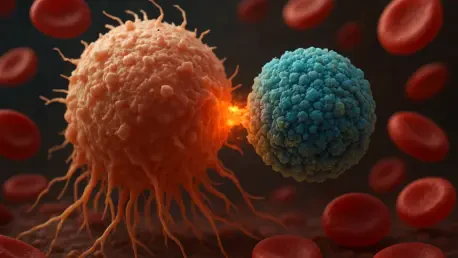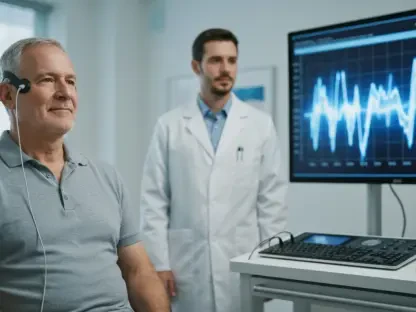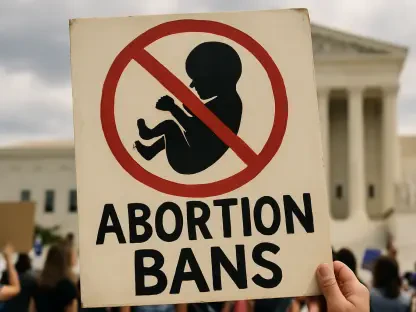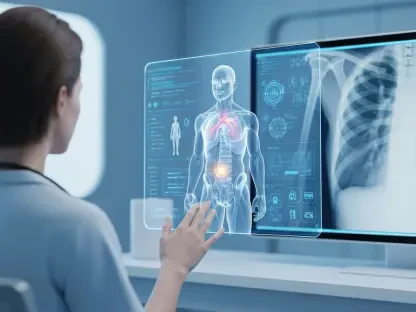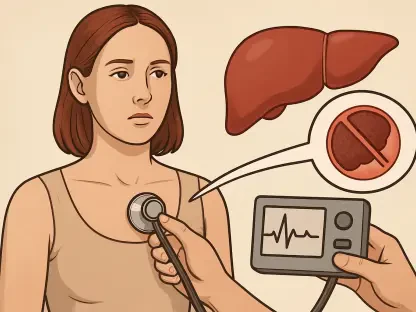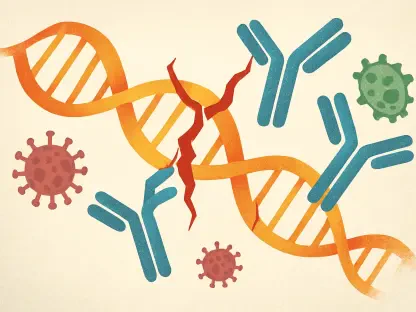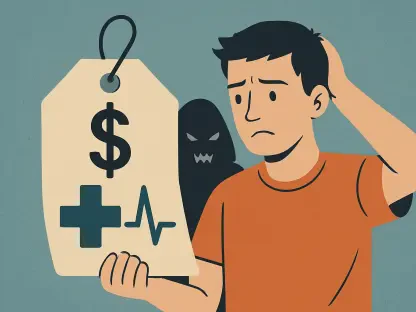What happens when a rare cancer keeps coming back, defying every treatment thrown at it? For adults battling relapsed marginal zone lymphoma (MZL), a subtype of non-Hodgkin lymphoma, this relentless cycle has long been a harsh reality, but a flicker of hope emerges as Bristol Myers Squibb’s innovative CAR T cell therapy, Breyanzi, secures priority review from the FDA. This accelerated process, with a decision anticipated by December 5 of this year, could redefine survival for those who’ve exhausted other options, offering a potential one-time infusion that harnesses the body’s own defenses to fight back.
A Critical Need in Cancer Care
The significance of this development cannot be overstated for the MZL community. Accounting for just 7% of non-Hodgkin lymphoma cases, MZL often deceives with initial remission, only to return—sometimes multiple times over several years. Patients face a grueling journey, with dwindling effective treatments as relapses persist. The FDA’s priority review of Breyanzi signals a pivotal moment, addressing an urgent gap for durable solutions in a disease that has long challenged oncologists and left patients searching for lasting relief.
The Science Behind the Breakthrough
Breyanzi isn’t just another drug; it’s a personalized weapon against cancer. This CD19-directed CAR T cell therapy involves extracting a patient’s T cells, genetically modifying them to target cancer cells, and reintroducing them through a single infusion. Clinical results from the phase 2 TRANSCEND FL study’s MZL cohort are striking: an overall response rate of 95.5%, with 62.1% achieving complete response. Even more impressive, 88.6% of responders sustained their results at the 24-month mark, a statistic that hints at a future where remission isn’t just temporary.
The therapy’s reach extends beyond MZL. Already approved for other B-cell malignancies like large B-cell lymphoma and follicular lymphoma, Breyanzi showcases versatility that could position it as a cornerstone in hematology. Presented at the International Conference on Malignant Lymphoma, these findings underscore why the FDA moved swiftly to prioritize review for patients with relapsed or refractory MZL after at least two prior therapies. It’s a testament to the therapy’s potential to shift paradigms in cancer treatment.
Voices of Hope and Expertise
Rosanna Ricafort, vice president and senior global program lead for hematology and cell therapy at Bristol Myers Squibb, captures the weight of this moment. “This FDA acceptance marks a critical step toward establishing CAR T cell therapy as a viable option for MZL patients needing durable solutions,” she stated, highlighting Breyanzi’s ability to tackle relentless relapses across diverse patient profiles. Her words reflect a broader optimism in the medical field about redefining care standards for those with limited alternatives.
Beyond data and corporate statements, patient stories add a human dimension. Consider the case of individuals who, after years of failed treatments, maintained remission for two years post-infusion during clinical trials. These real-world glimpses, paired with a consistent safety profile across studies, paint Breyanzi as more than a statistic—it’s a potential lifeline for those who’ve endured the emotional and physical toll of recurring cancer.
Challenges and Considerations in Access
Despite the promise, integrating Breyanzi into standard care isn’t without hurdles. The complexity of CAR T cell therapy, from T cell collection to modification and infusion, demands specialized centers and expertise, potentially limiting access for some patients. Side effects, while manageable in trials, require careful monitoring and patient education to ensure safety. Healthcare providers must prepare for these logistical and clinical challenges as the therapy nears potential approval.
Cost and coverage also loom large. Advanced therapies like Breyanzi often carry significant price tags, raising questions about insurance support and affordability. Advocacy groups for non-Hodgkin lymphoma are already mobilizing to address these barriers, pushing for equitable access so that geographic or financial constraints don’t stand in the way of transformative care. These discussions are crucial as the treatment landscape evolves.
Preparing for a New Era in MZL Treatment
As the FDA’s decision date of December 5 approaches, patients and providers stand at a crossroads. Staying updated on regulatory announcements from both the agency and Bristol Myers Squibb will be essential to understanding when and how Breyanzi might become available. For those with relapsed or refractory MZL after multiple therapies, consulting hematologists or oncologists about eligibility for CAR T cell options could open doors to this cutting-edge approach.
Equally important is education on the therapy process itself. From the logistics of cell collection to managing potential side effects, patients and caregivers should seek guidance from specialists to set realistic expectations. Connecting with patient support networks for non-Hodgkin lymphoma can also provide resources and emotional backing during this uncertain wait. These proactive steps ensure that the MZL community is ready to embrace a potential game-changer, reflecting a broader movement toward personalized cancer care that has been gaining momentum for years.
